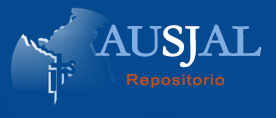| dc.description.abstract | The high degree of tax competition in the market has led the company on a constant and massive search for continuous and dramatic improvements in their processes. Thus, the reduction and/or elimination of the sources of losses that affect the organizations and the search for improvement opportunities constitutes na important mechanism for increased performance and competitive potential. In this scenario, Six Sigma has been adopted as a structured methodology and is highly focused on reducing process variability, improving the quality and organizational success, while combined with the use of statistical thinking and the pursuit of financial results. The company focus of this study had problems with the rework index generated in the welding process, because this was above the tolerances specified in the standards and customer's technical specifications. Rework index in welded joints at the beginning of the project was 5,35% and the tolerance set by the client was at most 2,5% of rework in this process. This rate of 5,35% rework represented in July 2015 presented a cost of poor quality more than R$ 62.000,00. In this context, this study aimed to reduce rework generated by the occurrence of defects in welded joints in a FCAW welding process, using the Six Sigma methodology. For this, it was used in the case study method to the implementation stage of the DMAIC model proposed in the Six Sigma methodology. The correct and disciplined application of the methodology and the adoption of the proposed solutions have enabled a reduction in rework of soldered joints in 76% compared to the initial level and an average monthly savings in the cost of poor quality of over R$ 58.000,00, showing that the Six Sigma methodology was effective and appropriate in achieving the objectives of this work in a broad and systemic way. | en |
